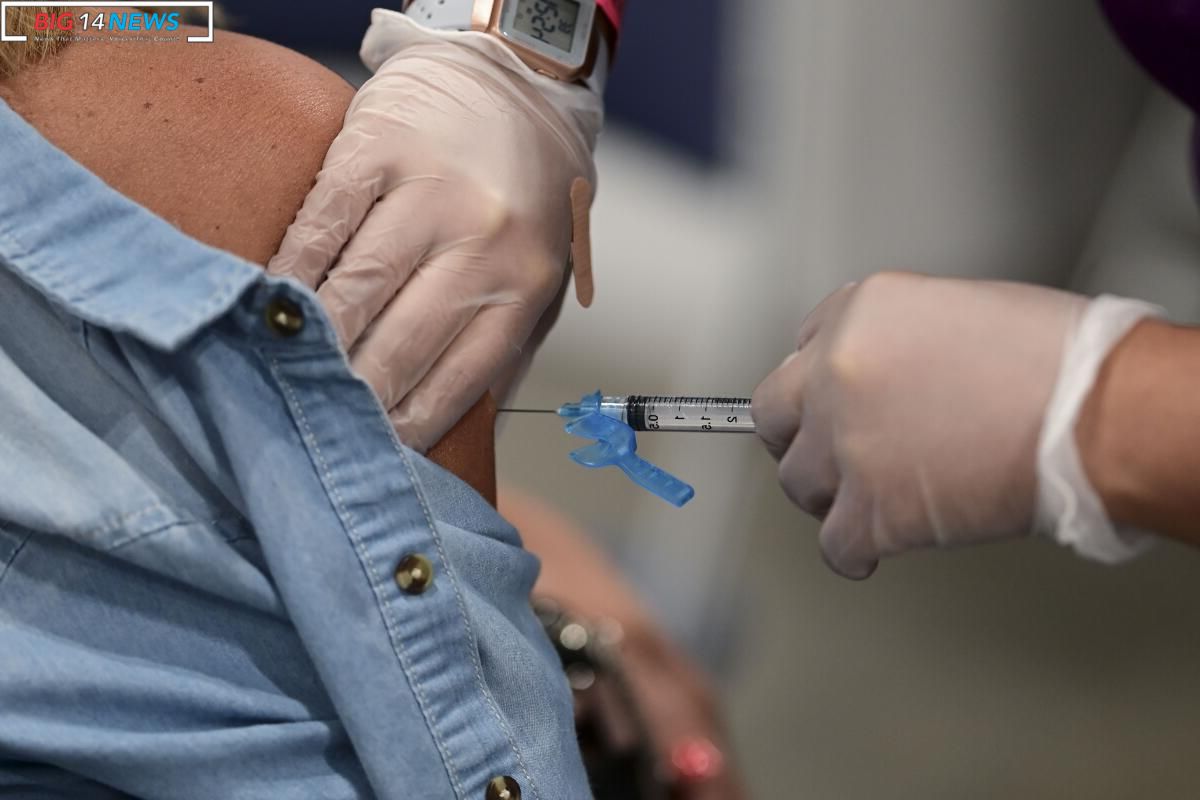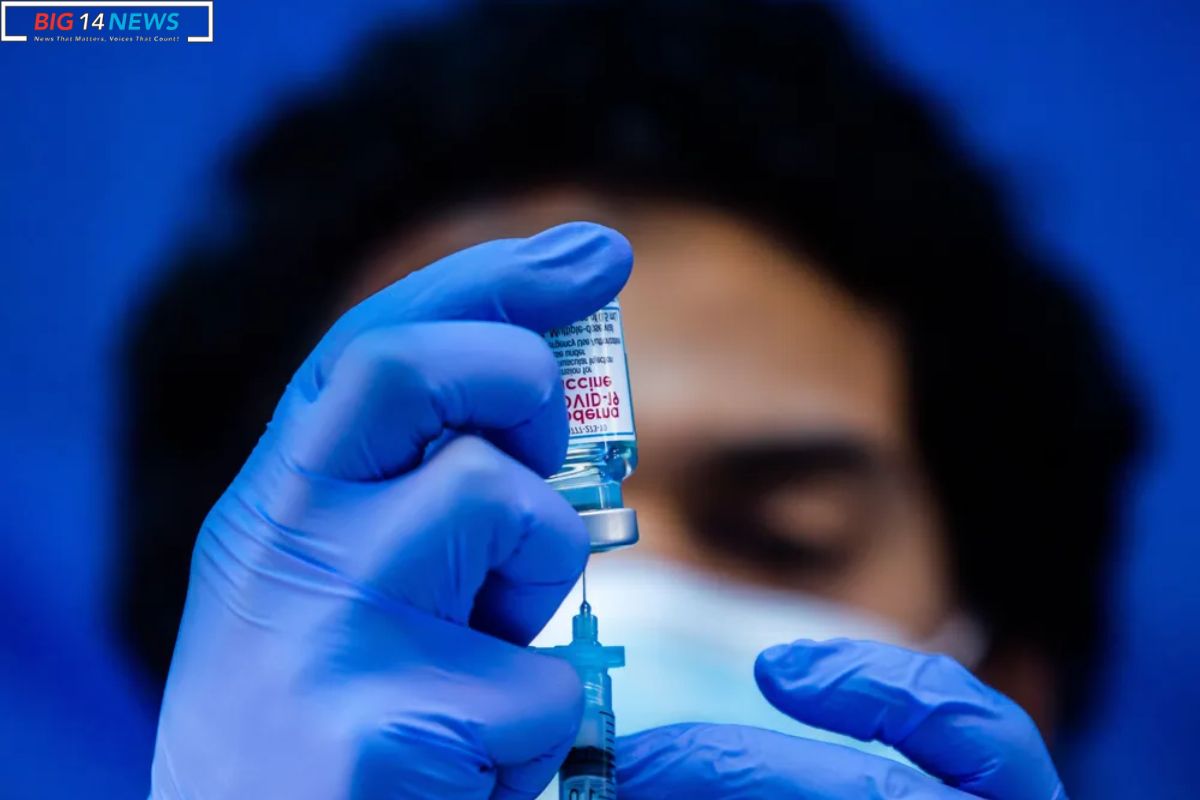Alarming Lack of COVID Vaccine: During the first month of the new COVID-19 vaccines, only 7% of adults and 2% of kids in the U.S. got the shots. A health expert called this rate “abysmal.”
Even in the demographics most vulnerable to COVID-19, the vaccine uptake is distressingly low. As of October 14, only around 20% of individuals aged 75 or older had been vaccinated, and just 15% of those between 65 and 74.
This data, presented on Thursday to scientific advisors at the U.S. Centers for Disease Control and Prevention, aligns with statements made by the agencys director, Mandy Cohen, in an interview with Politico. She disclosed that in the first five weeks of vaccine availability, only around 12 million people, less than 4% of the U.S. population, received the new vaccine. She attributed this low number to a stumbling start in the rollout.
On September 12, the CDC recommended that all individuals aged 6 months and older receive the new COVID-19 shot. The reformulated dose targets current coronavirus strains, including the omicron subvariant XBB.1.5, the primary driver of infections this year. Bay Area pharmacies and medical providers began administering the updated shots by appointment in mid-September but soon faced supply shortages.
Issues were also reported with processing insurance coverage, causing many residents to pay out of pocket upwards of $200 per dose, leading to confusion about who would cover the cost.
In comparison, about 17% of Americans, including 43% of adults aged 65 and older, received the previous bivalent booster, which protected against the original COVID-19 strain and a variant dominant in mid-2022. That booster was available from September 2022 to May.
The data revealed that nearly 40% of adults do not intend to get the new vaccine, and a similar percentage of parents express reluctance to vaccinate their children.
During the meeting, Dr. Camille Kotton of Harvard Medical School expressed alarm over the low uptake, referring to the figures as abysmal, and called for improved public education efforts to bridge the gap.
Federal authorities aimed to make COVID-19 vaccination as routine as getting annual flu shots, but Dr. David Kimberlin of the University of Alabama at Birmingham expressed dismay at the challenge of effectively conveying that message.
The recommendations are not being heard, he said at Thursdays meeting.


This revelation comes as new COVID-19 hospital admissions have increased for the first time in over a month in California. According to health department data published on Friday, the average number of daily COVID-19 patients admitted to hospitals increased by approximately 4.5% over the past week, resulting in 1,874 new admissions.
Simultaneously, the concentration of SARS-CoV-2, the virus responsible for COVID-19, has been rising in many Bay Area wastewater samples since late September.
Although hospitalizations and deaths are well below their peak levels during the pandemic, data published by the CDC on Monday indicates that more than 18,000 people in the United States are being hospitalized each week, with approximately 1,200 deaths. These numbers are expected to rise during the fall and winter months.
I think theres a lot of folks that say I got the original ones. Arent we done here? or Ive had COVID, arent I protected?’ Cohen said. Im trying to help them understand two important facts: One is that the virus has changed. And this updated vaccine is mapped to those changes in the virus. The other fact is were seeing in the data that your protection from either a previous vaccine or from having COVID before decreases over time.
A study published by the CDC earlier this month revealed that older adults, aged 65 and above, accounted for 63% of all COVID-related hospitalizations recorded from January to August. More than 75% of those hospitalized this year were not up to date on their coronavirus vaccinations. Additionally, the 65-and-older age group constituted 61% of intensive care unit admissions and nearly 90% of COVID-19-related deaths.


ALSO READ: AL Faces Looming Nurse Shortage: Board Takes Action
I want as many people vaccinated as possible, Cohen said. I certainly want to make sure that were reaching our over-65 population.
Meanwhile, a new coronavirus variant called HV.1 has become dominant in the U.S., accounting for 25.2% of cases over the past two weeks, according to CDC data published on Friday.
COVID-19 variants continue to emerge but have not resulted in rapid disease surges, the CDC said in an update this week. We continue to anticipate a moderate COVID-19 wave, causing approximately the same number of hospitalizations at the peak as occurred during last winters peak.
Our Reader’s Queries
What are the negatives of getting the vaccine?
Most people will have temporary side effects from the COVID-19 vaccine. These can include pain, redness, or swelling at the injection site and a fever. These symptoms usually only last a few days and are no cause for concern.
What are the side effects of the COVID vaccine 2024?
You may feel some tenderness where you got the shot, along with tiredness, a headache, muscle aches, and a fever. But don’t worry, these side effects usually only stick around for 1 to 3 days.
What if I refuse to vaccinate my child?
Unvaccinated kids can spread diseases at school and in the community, putting babies and medically unable people at risk.
Who shouldn t get vaccinated?
Anyone under 2 or over 49 years old. People who are pregnant. Pregnant individuals should not get the live, weakened flu vaccine. Anyone who had an allergic response after a prior flu shot, or has severe, life-threatening allergies.
